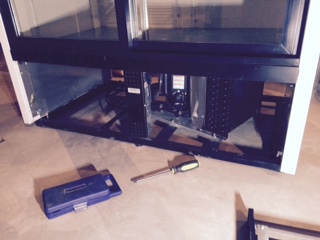raouliii
Well-Known Member
I'm not completely sure of the calculations you have made. Is this it basically? 350x24 = 8.4KWH/day @$0.15/KWH would result in $459/year ?......I put my energy monitor on it and it's going to cost me nearly $500 / year in electricity to use this fridge (at $0.15/kwh)!!! It's averaging 350 watts / 3 amps over 48 hours of use. I do hear the compressor cycling on and off, but it's running most of the time, I'd say 80%+.....
The compressor is rated at 115VAC/4.4A which is about 500watts when running and the evaporator fan is rated at 9watts which runs all the time. Therefore, during your monitoring the compressor consumed 340watts on average, so it ran about 68% of the time, 340/500.
The manufacturer claims energy consumption of 2.08KWH per day, or an average of 86watts continuous. This represents about a 17% run time and would be about $115 per year at $0.15/KWH. Of course that figure is best case test results.
Still, I'm not sure why your measurements would be so different from the manufacturers. Either the unit is not operating correctly or an unloaded unit consumes 3-4 times the energy of a perfectly operating/filled unit.



